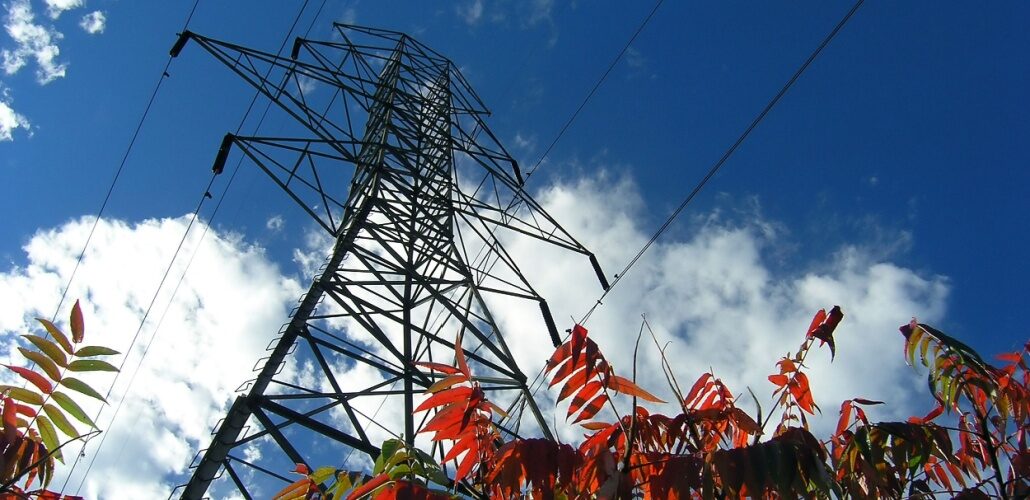Dr Liang Du explains risks behind massive power blackouts
Following the Iberian outage, an engineering expert outlines blackout causes, cross-border impact, and why high-risk areas face slower recovery.

Image for illustrative purposes
Following the widespread blackout across Spain and Portugal on 28 April 2025, experts are weighing in on what caused the grid collapse and how similar events could affect other regions, including the United States.
According to Dr Liang Du, Associate Professor of Electrical and Computer Engineering, power grids rely on a delicate balance between supply and demand. When disruptions occur – like the two major generation losses in southwest Spain that happened within seconds – they can cause cascading faults, resulting in widespread outages. The Iberian blackout involved voltage surges and frequency drops that led to automatic disconnections between Spain and France, limiting the geographic extent of the failure.
Du explained that interconnected grids are designed to support each other, but protection systems must act quickly to prevent widespread failures. Historical examples, such as the 2003 Northeast blackout in the US and the 2021 Texas storm, demonstrate how software failures or extreme weather can overwhelm the grid, especially in underserved communities.
Restoring power varies by location, depending on damage, black-start capabilities, and available reserves. While some areas bounce back in minutes, others may remain offline for days.
Du emphasised that preventing such blackouts comes down to investment versus risk. Most systems follow an “N-1 contingency” model, but rare N-2 events like Iberia’s exceed standard preparedness. Increasing backup resources may reduce risk but at a significant cost.
Source: Temple University
#blackouts#Energy resilience#grid security#Iberia outage#infrastructure risks#power grid#power restoration#system protection





